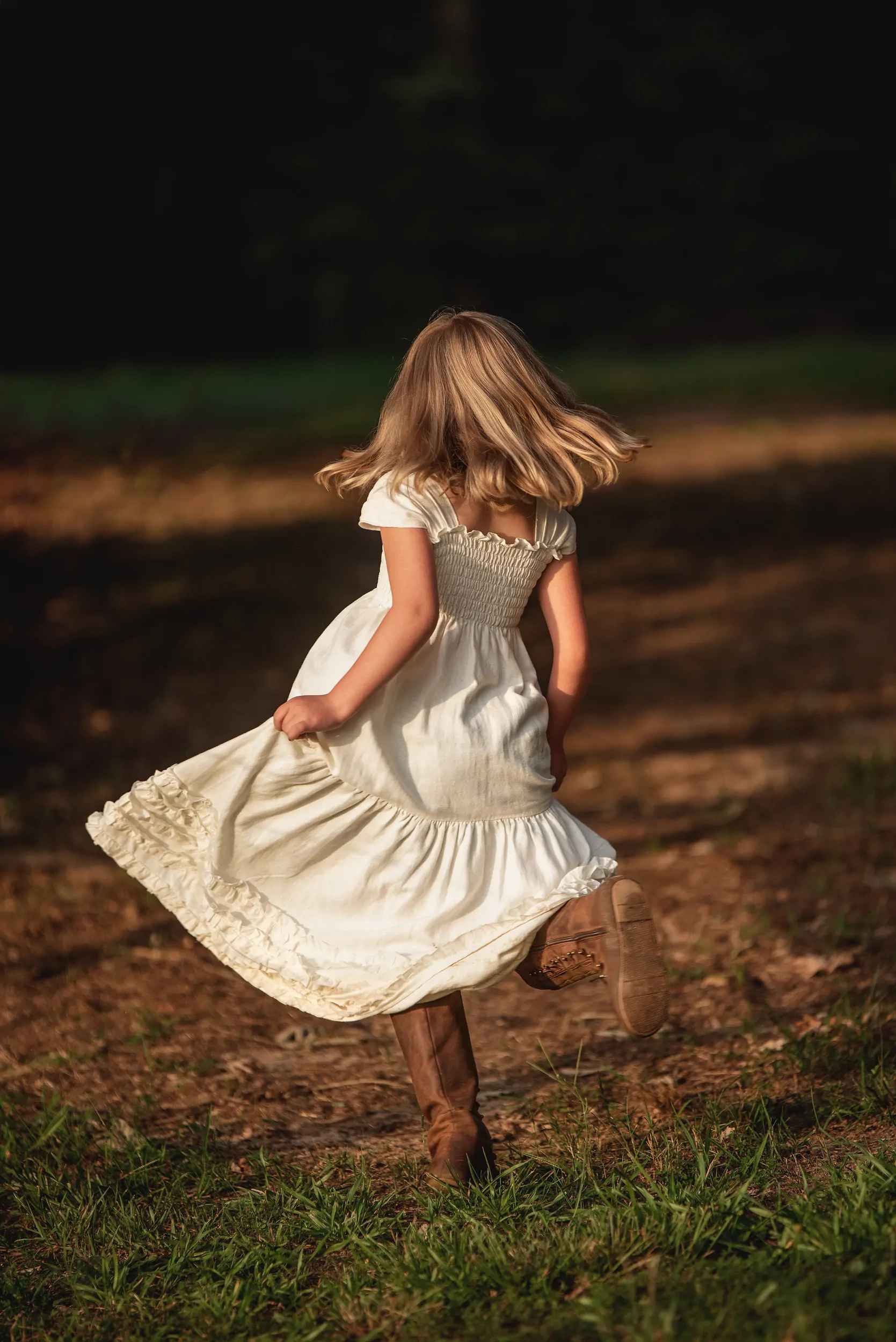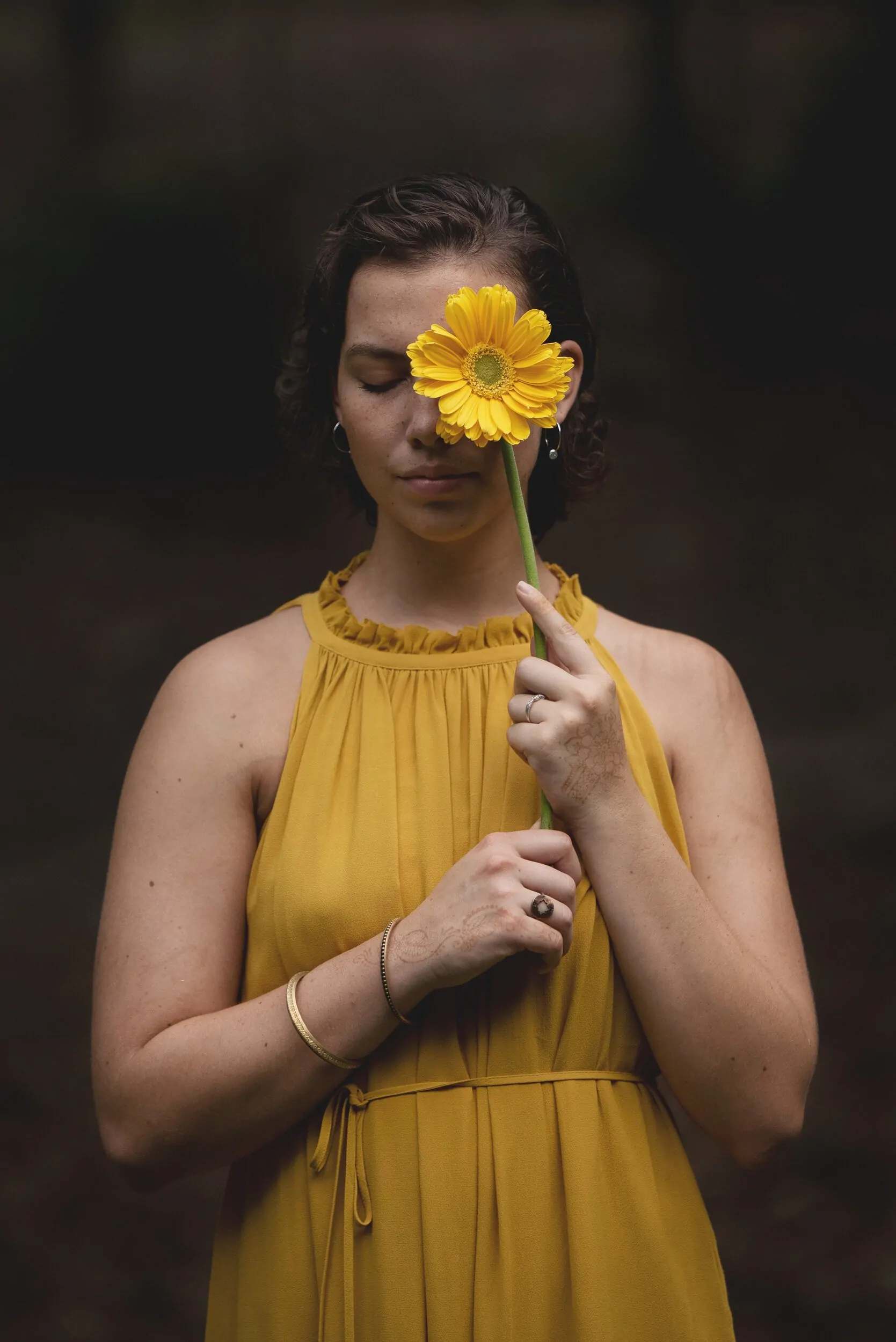
Fall Photo session ideas
08/22/2019
Photo Gift Ideas for the Holidays
10/05/2019Get in the right Frame of mind!
Five tips for framing photos will focus on making sure you ask the right question at the framers. You have spent well placed money on a photo session. The cost of which includes not only your photographers fee but also what was worn, possibly travel, and of course the printed products! Now it is time to get those lovely prints printed and up on the wall. Before you decide where to hang your lovely portrait you must get it framed! Read on for 5 things to think about when you go to the framers.




Acid Free Materials
One of the most important tips for framing photos is to make sure that the framer you have chosen is indeed going to use acid free materials. Why is this important? Acid is the arch nemesis of framed art and photos. Art that is not framed in acid free materials will yellow and become brittle.
Acid is from a naturally occurring chemical compound called Lignin that is released during the paper making process. Lignin occurs naturally in trees and other plants and holds wood fiber together. Plant based paper will naturally have Lignin, acid free paper is made from cloth or rags. Acid free materials are either made with materials that will not have Lignin, or the acidity is neutralized so that the supplies are safe to use.
A good framer will have these supplies available and it would always be wise to ensure the quality that you are seeking.
To dry mount or not to dry mount, that is the question
The next tip for framing photos is to discuss dry mounting at the framers.
What is dry mounting? This is a process that permanently adheres your photo or art print to a piece of foam core using a heat press. Dry mounting is not reversible but will eliminate all bends, creases, and curls from what you want framed.
To determine whether dry mounting is for you, you have to evaluate the photo or print you are having framed.
Can the image be recreated?
If you are working with an original piece of art, not a photo, or print then I would suggest saying no to dry mounting. Dry mounting is irreversible.
Are you framing a photo?
Photos are printed on paper that is easily malleable. Digital files also make it possible to get another quality print of your photo. With these two factors in mind, I would suggest discussing dry mounting with your framer as it will yield beautiful results.
Tips for picking
Number three of my tips for framing photos is discuss what type of glass to use.
Five types of glass that may work for you.
Basic Glass -Most ready made frames you pick up at the store come with your basic glass. This glass will protect your photo or art from dust and scratches but does nothing to combat UV damage.
Styrene -Styrene is another type of popular facing for framed pieces. It is light weight, resistant to shattering, and affordable. However, like basic glass it only provides a physical barrier to dust and scratches. And, unlike glass is not compatible with household cleaners and should only be gleaned with a soft damp cloth.
Conservation Clear glass -This glass offers the highest level of UV protection that is available. This glass blocks up to 99% of UV light. It is perfect for photographs and keepsakes, as well as wise to use this glass with reproduced prints as the inks used are quick to deteriorate under UV exposure.
Conservation Reflection Control -This glass is also 99% effective at blocking UV rays and also has a matte like finish that minimizes glare. The glass also allows 97% light transmission to enhance colors, brightness, and contrast. I would also discuss using this glass with your framer if you are going to have more than one mat around the photo as this facing will hold onto the resolution better.
Museum Glass -Museum glass if the most anti reflection glass you can get. It blocks up to 99% of UV light as well as maintains the color, contrast, and visual integrity of the photos, or artwork. You should use this facing with keepsakes, photographs, artwork, diplomas, etc. This glass is also ideal for deep framing, shadow boxes, or multiple mats.
There is an option for every piece that needs framing. Make sure you discuss this with who you have hired to frame your photos
.Choosing the right Mat
The fourth tip for framing photos is ask the person you have hires about all thing mat!
Before you talk about color selection ask about the type of mats to choose from. There are three.
Paper -Paper mats are lowest in cost. During manufacture care is taken to balance the pH but only the core and back are acid free, not the surface. Therefore, if you are framing the only picture of your great, great, great grandparents, or anything so precious I would not recommend this mat.
Alpha Cellulose -These mats are made from cellulose fibers that are treated to maintain a neutral PH and are preservation quality.
Rag -Made from 100% cotton they are the highest quality and worth the money.
Choosing the mat color, or colors.
When choosing the color of mat be careful to choose colors that will enhance the work itself, ideally try to match with a background color. Remember, you are enhancing the framed photo so do not factor in the color scheme of the room you are thinking of hanging the piece in.

White mats offer a neutral clean look that is often compatible with your room decor, in short, it is hard to go wrong with a white mat.

Black mats with a white core pairs nicely with photos that contain black, white, and gray. The Black mat with white core adds a little bit of drama to a black and white photo. If the photo you are framing is a color photo the black mat may only detract from the photo itself, which is the exact opposite of the purpose of framing.



Talk to your framer. A seasoned professional will know what will look polished and enhance the subject matter.
Right Frame of mind.
Choosing a frame is the fun part. This is where your style should definitely make its appearance. You can pick a frame that will enhance your portrait while being harmonious with the feel of the your style and space.





